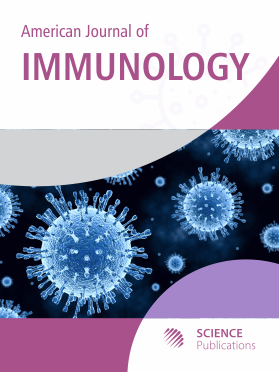Nitric Oxide Donors with Therapeutic Strategic in Experimental Schistossomiasis Mansoni
- 1 State University of Londrina-UEL, Brazil
- 2 State University of Roraima, Brazil
- 3 Faculty Medicine of Ribeirão Preto-USP, Brazil
- 4 Federal University of Ceará, Brazil
Abstract
Schistosomiasis, an immune disease, remains a major public health problem in endemic area. To determine the influence of Nitric Oxide (NO) on this disease, we tested two compounds (Trans-[Ru(bpy)2(NO)SO3](PF6)-PF6 and Na2[Fe(CN)5(NO)]-SNP, which releases NO when activated by biological reducing agents, in BALB/c mice infected subcutaneously by Schistosoma BH strains. The parasitic activity of NO-donors was evaluated in this model by measuring the immune cellular response in liver with: Cytokines levels; histopathological characteristics and the number of the granulomatous lesions; and NO levels. We found that NO-donors treated mice were more resistant to infection, since they exhibited higher survival. Furthermore, we observed in histopathological analysis a decreased influx of inflammatory cells in the hepatic tissue of mice treated with both donors. The parasite counting (estimated as eggs and worms number) was also minor in treated mice. Moreover, decreased levels of IL-10 were detected in the liver of infected mice treated with SNP. The animals treated with PF6 showed high plasmatic NO levels at 45 days after infection. Altogether, these data suggest that NO is a pivotal factor of resistance during schistossomiasis by controlling parasites proliferation, influencing cytokine production and consequently modulating the development of inflammatory response.
DOI: https://doi.org/10.3844/ajisp.2014.225.239

- 3,593 Views
- 1,960 Downloads
- 6 Citations
Download
Keywords
- NO Donors
- PF6
- SNP
- Nitric Oxide
- Immune Response
- Schistossomiasis
